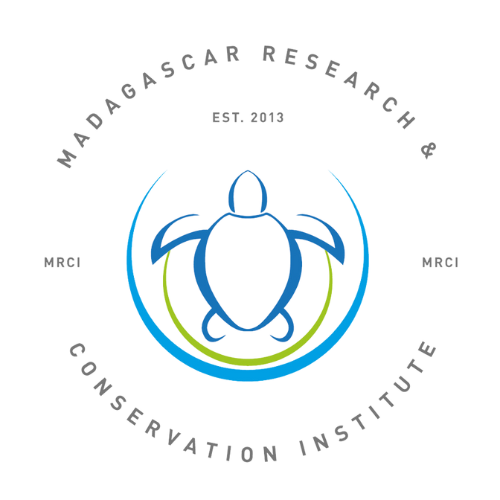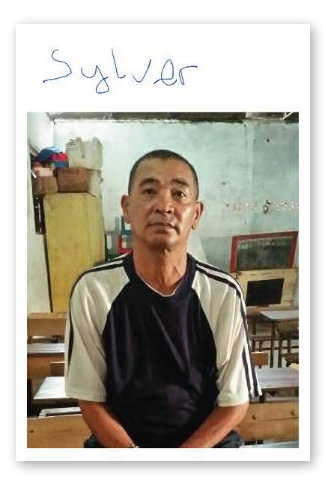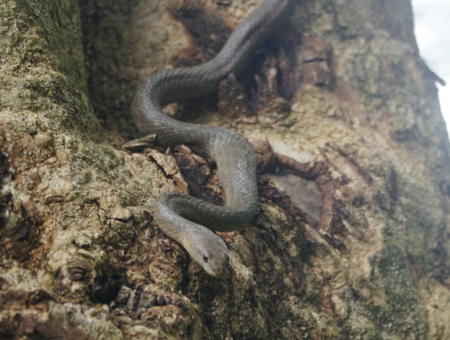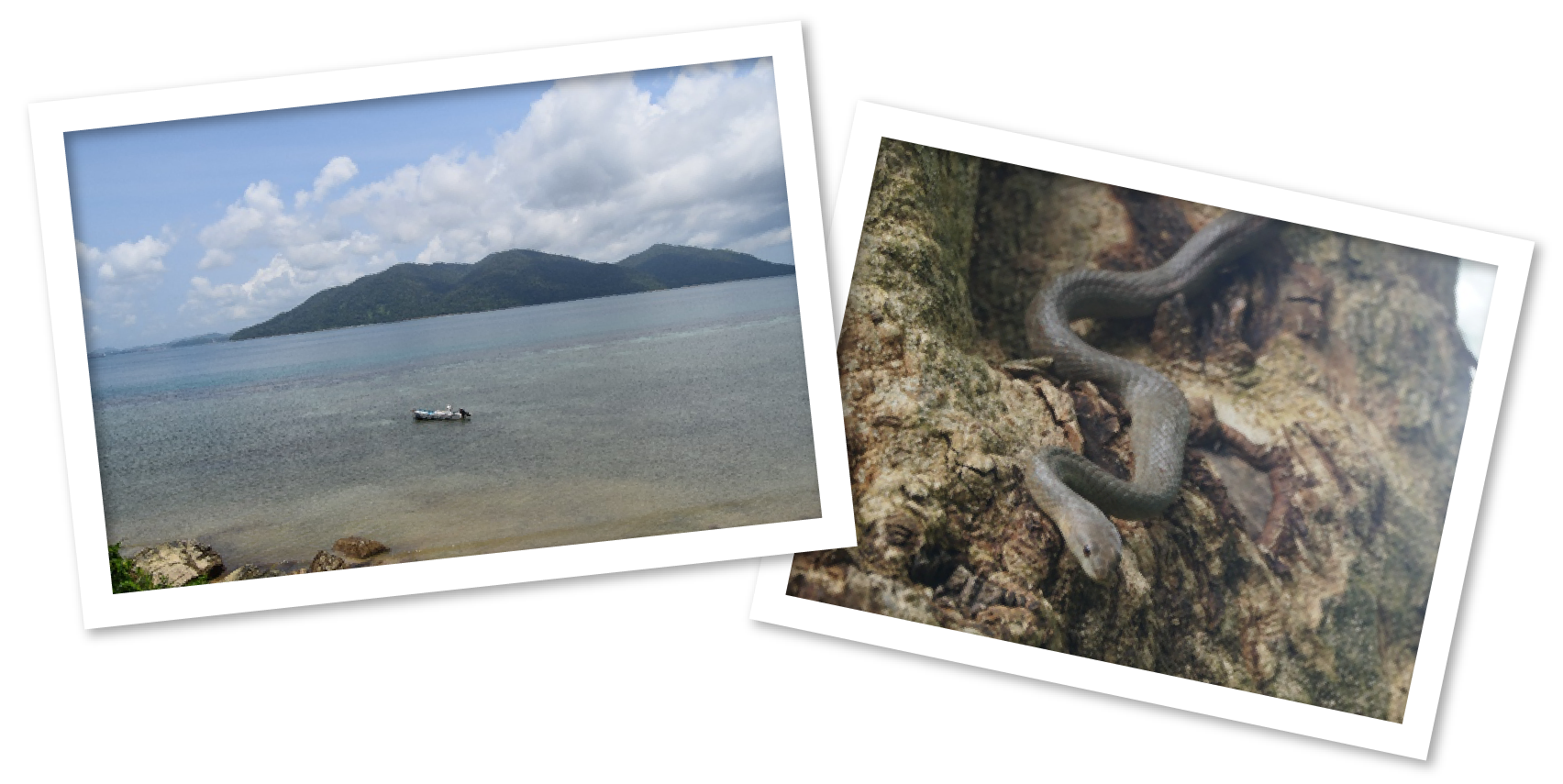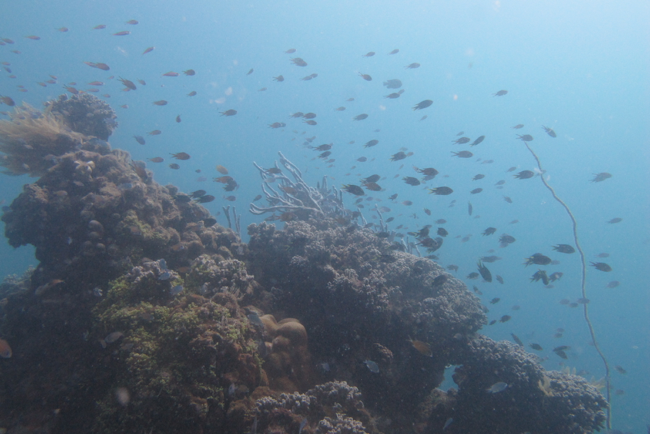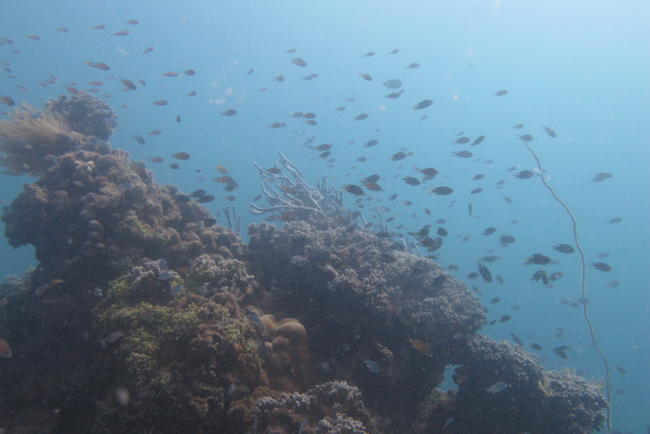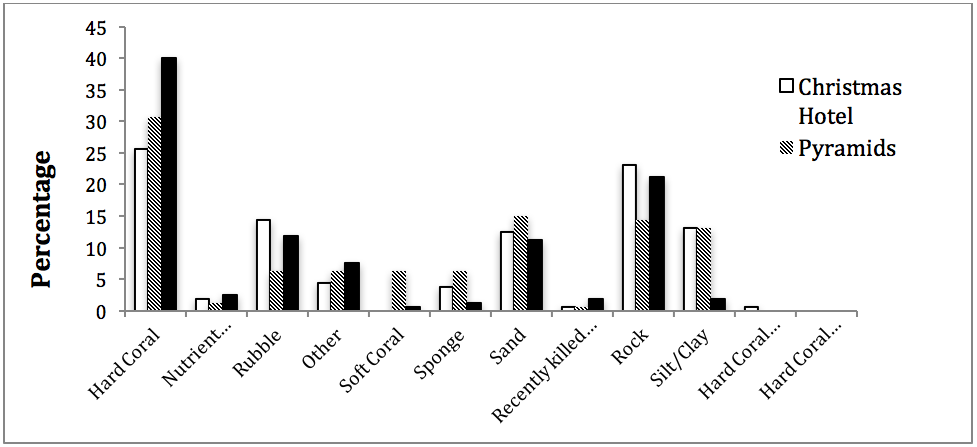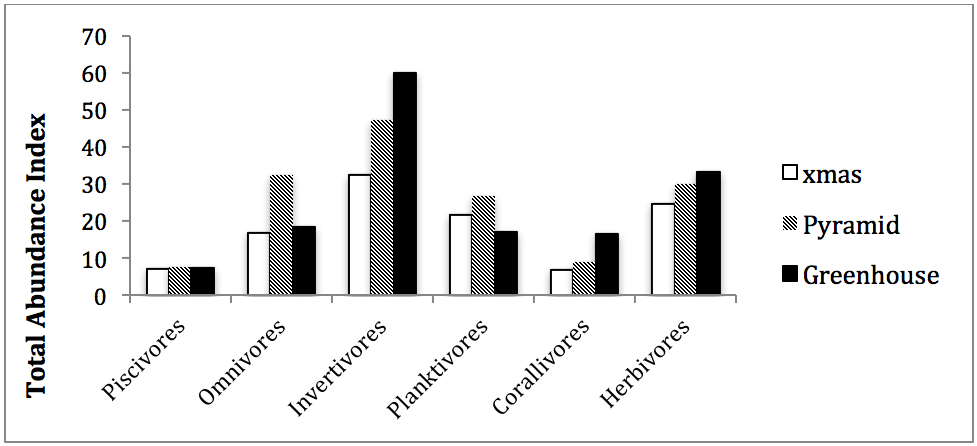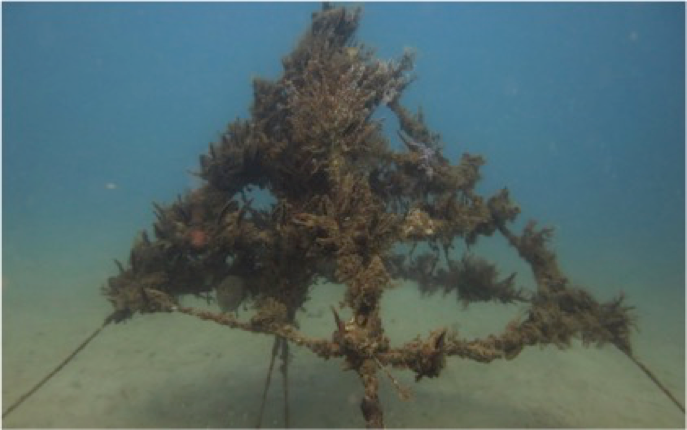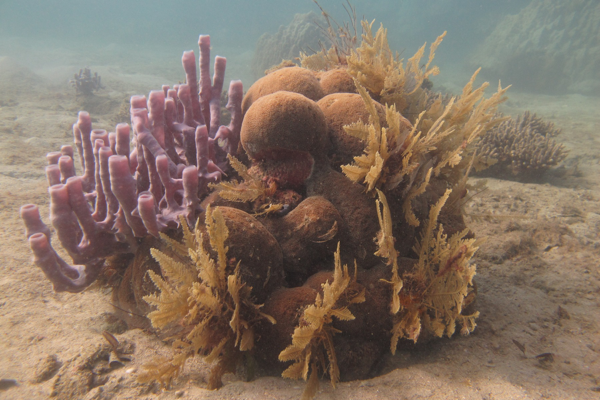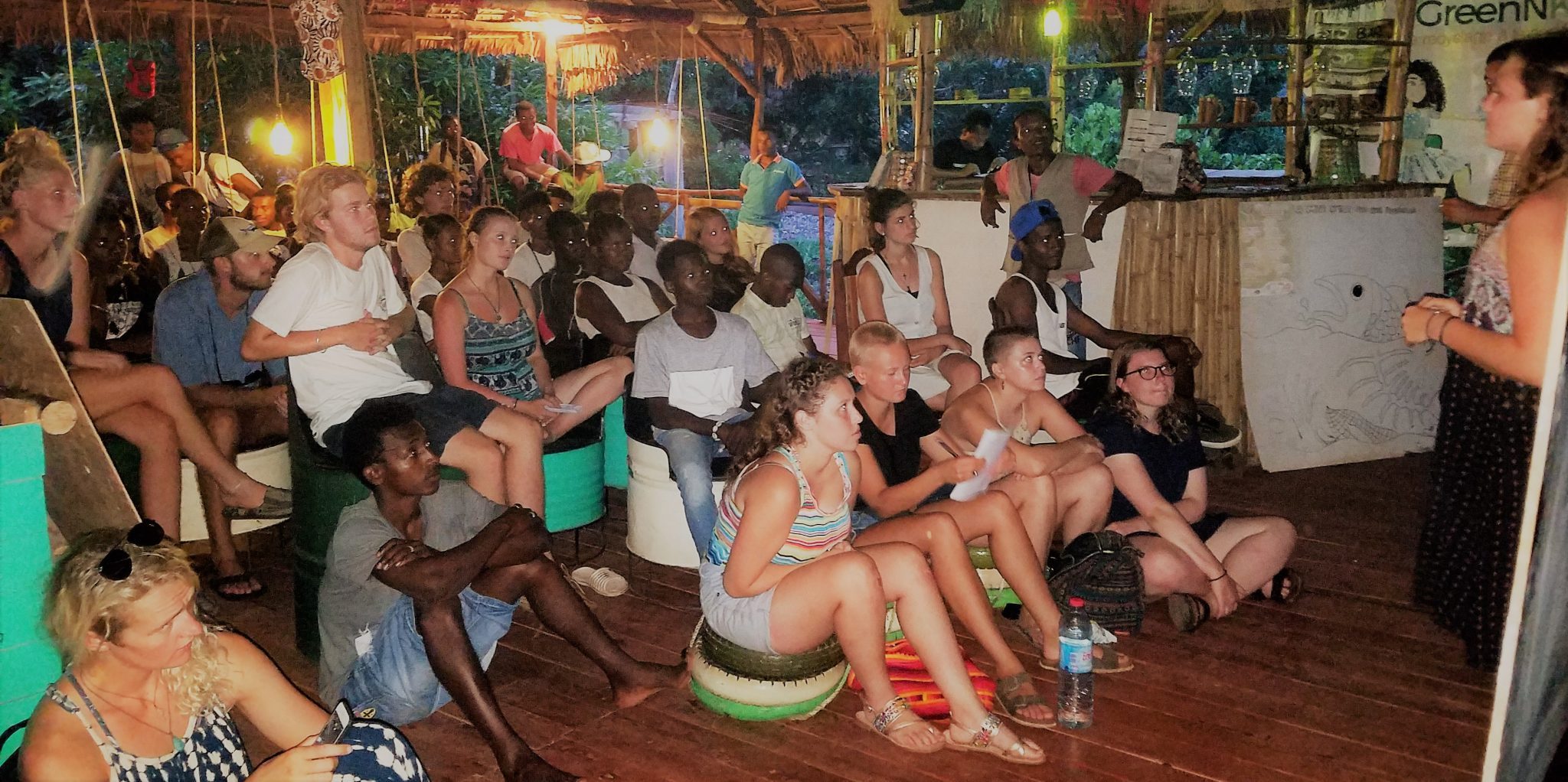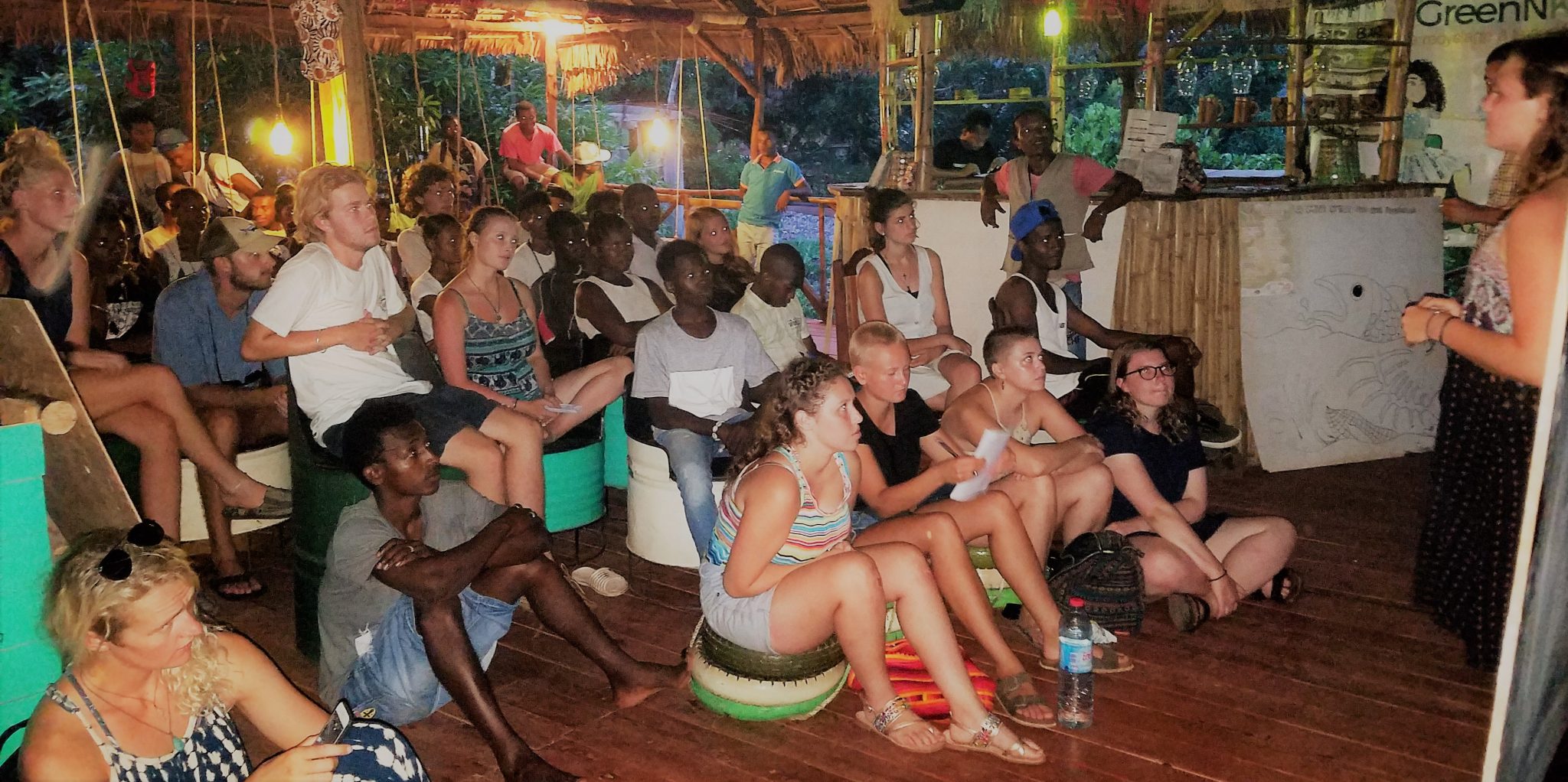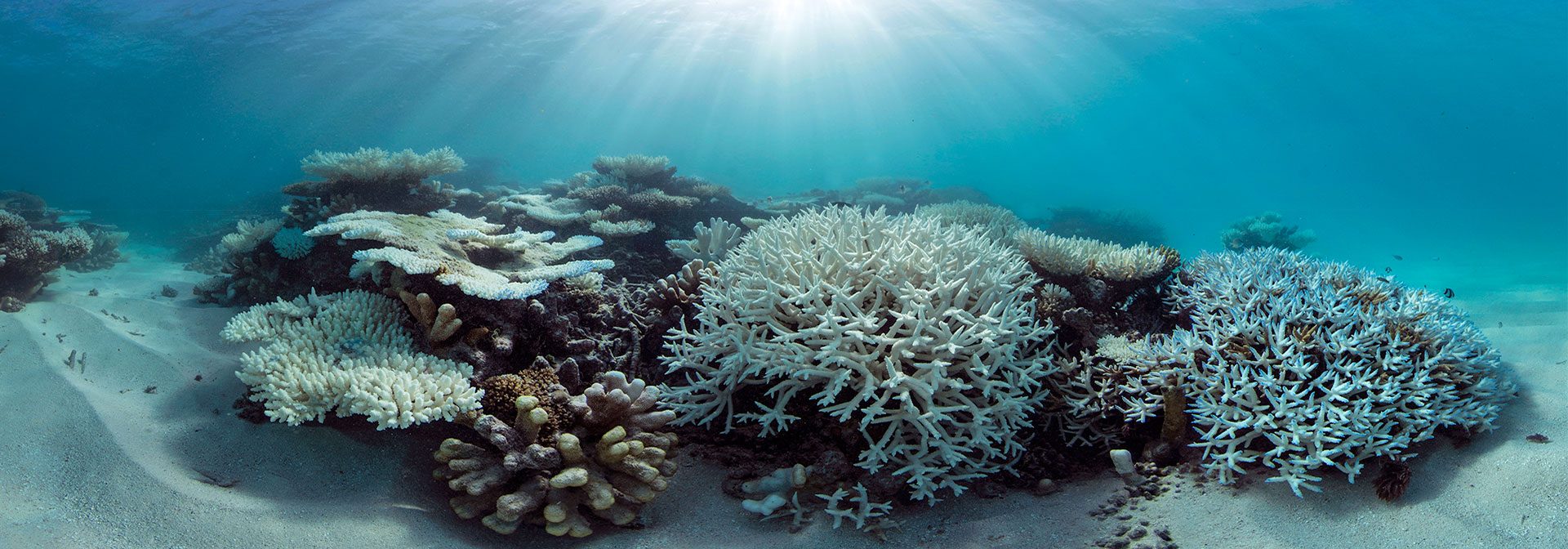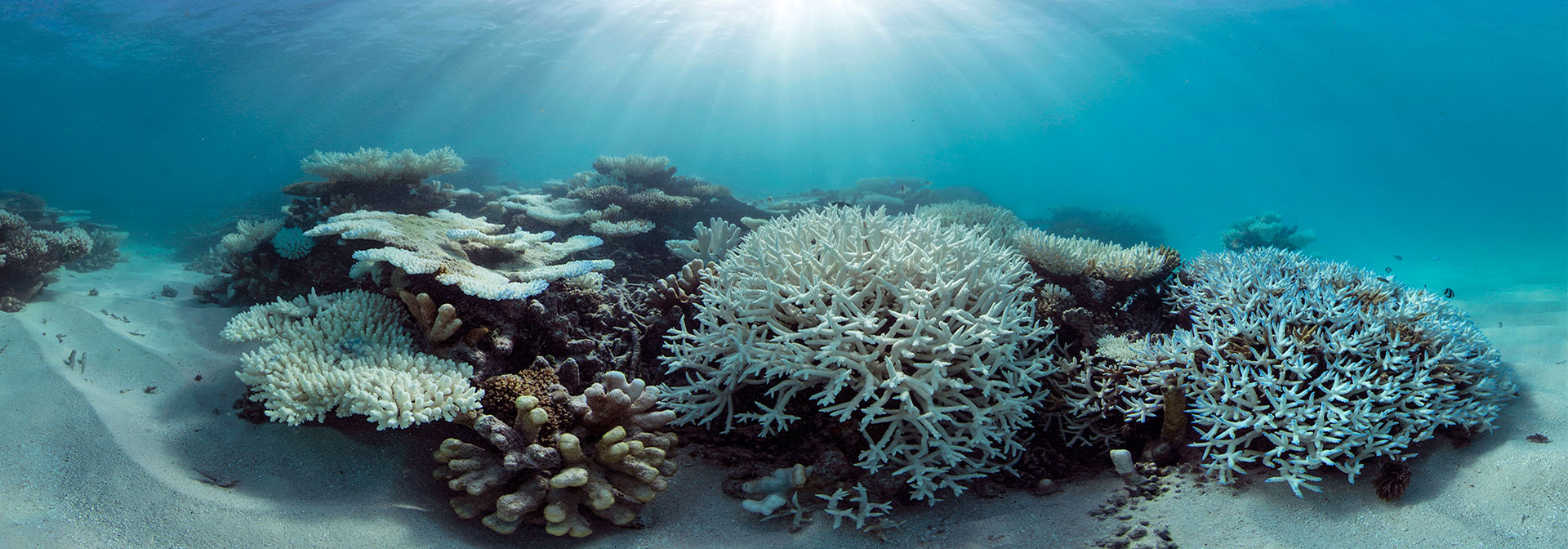Community Development is the Heart of MRCI
2 February 2018
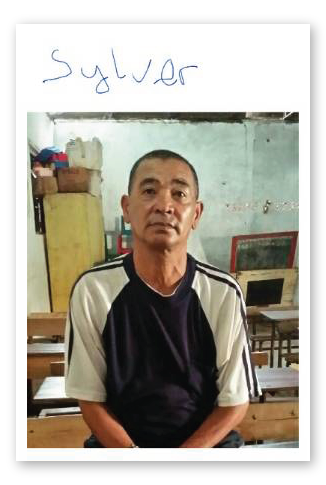 MRCI’s progress in environmental conservation and community development, including the establishment of a Marine Protected area and Agroforestry project, would not be possible without the hard work and cooperation of the people who live here. Side-by-side, hand-in-hand we work together with strong support from the community leaders and surrounding villages. This puts community development programs right at the heart and soul of MRCI.
MRCI’s progress in environmental conservation and community development, including the establishment of a Marine Protected area and Agroforestry project, would not be possible without the hard work and cooperation of the people who live here. Side-by-side, hand-in-hand we work together with strong support from the community leaders and surrounding villages. This puts community development programs right at the heart and soul of MRCI.
Every week, our volunteers go out into the surrounding villages and help teach English classes with local teachers. They have the privilege of getting to know some incredible people over their weeks here. Meet Sylvain, on of our adult students originally from the capital of Madagascar, Antananarivo. He came to Nosy be for work over a year ago and started taking English lessons with us a few months ago. His wife speaks a little English and he decided to learn so they can practice together, and he is well on his way to reaching his goal. At almost sixty, he is one of our oldest students. He comes to class, book and pens in hand and sits at the first table at the front bringing with him determination and a kind smile.
Sylvain, like most people here, makes his living off the land. Every day, he works hard selling fruits and vegetables in the market to support himself and his family. This is not an easy living, with lots of manual labor involved. Still he makes time to study diligently and attend class every single day like clockwork in the small village of Ampang on Nosy Komba island. We have seen so much incredible progress in his English in the months since he began with us, and he has earned student of the week more times than I can remember. He makes no excuse of time, age or anything else, instead brining only his incredible work ethic and resolution. He brings joy to those around him and sets a great example for us all.
Through Sylvain, we learn to take full advantage of the opportunities we have in life and work hard without giving up. The biggest barriers to achieving our dreams are those we set up ourselves. Through his dedication and hard work, Sylvain teaches us even more than we could ever teach him.
Authors: Emily Borth, Director of Operations
& Rojo Razafisalama Andofinoana, Community Development Liaison Officer
Find Out More About Our Community Development Program
